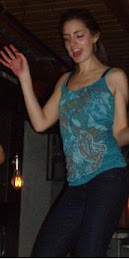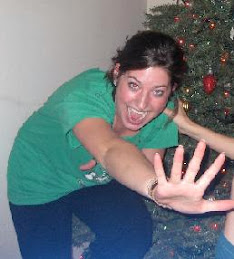The buildings on these streets have a large storefront on the first floor and each floor has progressively smaller windows. The first floor houses the workshop. The shop owner and his family lived in the next storey and all the workers lived on the floors above that. The houses had very narrow, steep staircases so it was a disadvantage having to live on the upper floors. In spite of this, there was a sense of equality between the proprietors and the workers because they worked together, ate together, used the same bathroom (there was a room with latrines in it at the back of the house), and slept in the same house. People lived most of their lives outside and really only used their apartments for sleeping.
There wasn't access to water in these buildings so people would have to walk to public fountains to bathe, wash their clothes, and so on. Because of this, it was a big advantage to live close by to these fountains. When people would do laundry, they had to haul the laundry from the top floors of the buildings, down the street to the public fountain, then back to the house, up the (narrow) stairs, to the roof. They would then hang the laundry to dry on the rooftops where there were the best breezes and cleanest air.
Since these streets were constructed when there were horses and carriages, the corners of buildings were cut away to make way for the carriages. These signs of the medieval ages are located throughout this area and could easily be passed by unnoticed. Other cool artifacts of sorts are the plaques by doorways which indicate the guilds to which the shops belong.
The people of the guilds decided that they wanted to have a church built by themselves with their own money so they constructed Santa Maria del Mar. Construction began in 1329. The church provides a contrast to the church of Barcelona which has affiliations with the monarchy. Santa Maria del Mar is an unassuming building because it is a Catalan value to have wealth without showing it. The beauty of the building is in its construction, not its decoration. The sculptures incorporated into the facade show men with stones strapped to their backs because the church was made by laborers for laborers. Craftsmen and their families were buried in the church and their tombstones have carvings etched into them.
Here are pictures:
The storefronts. You can see the differently sized windows in this picture.
The cutoff street corners.
A blacksmiths' guild sign.

This was formerly a fountain.
The front of Santa Maria del Mar.
A tombstone. The skull and bones sign wasn't viewed as a sign of pirates back then, just as a sign of death.
By the way, I apologize if my English was terrible in this blog post... it seems that as my Spanish improves, my English declines!





.jpg)
.jpg)



No comments:
Post a Comment